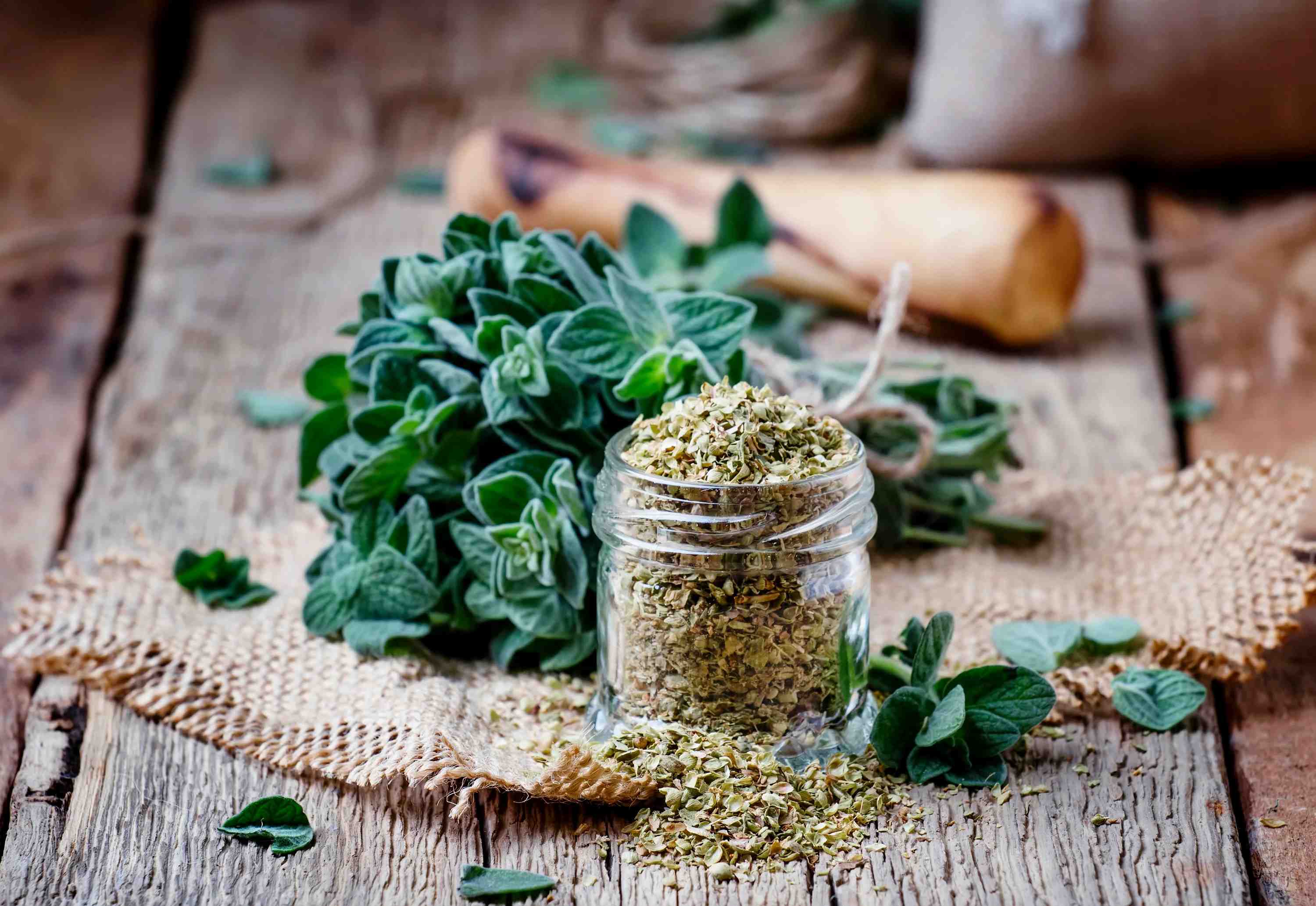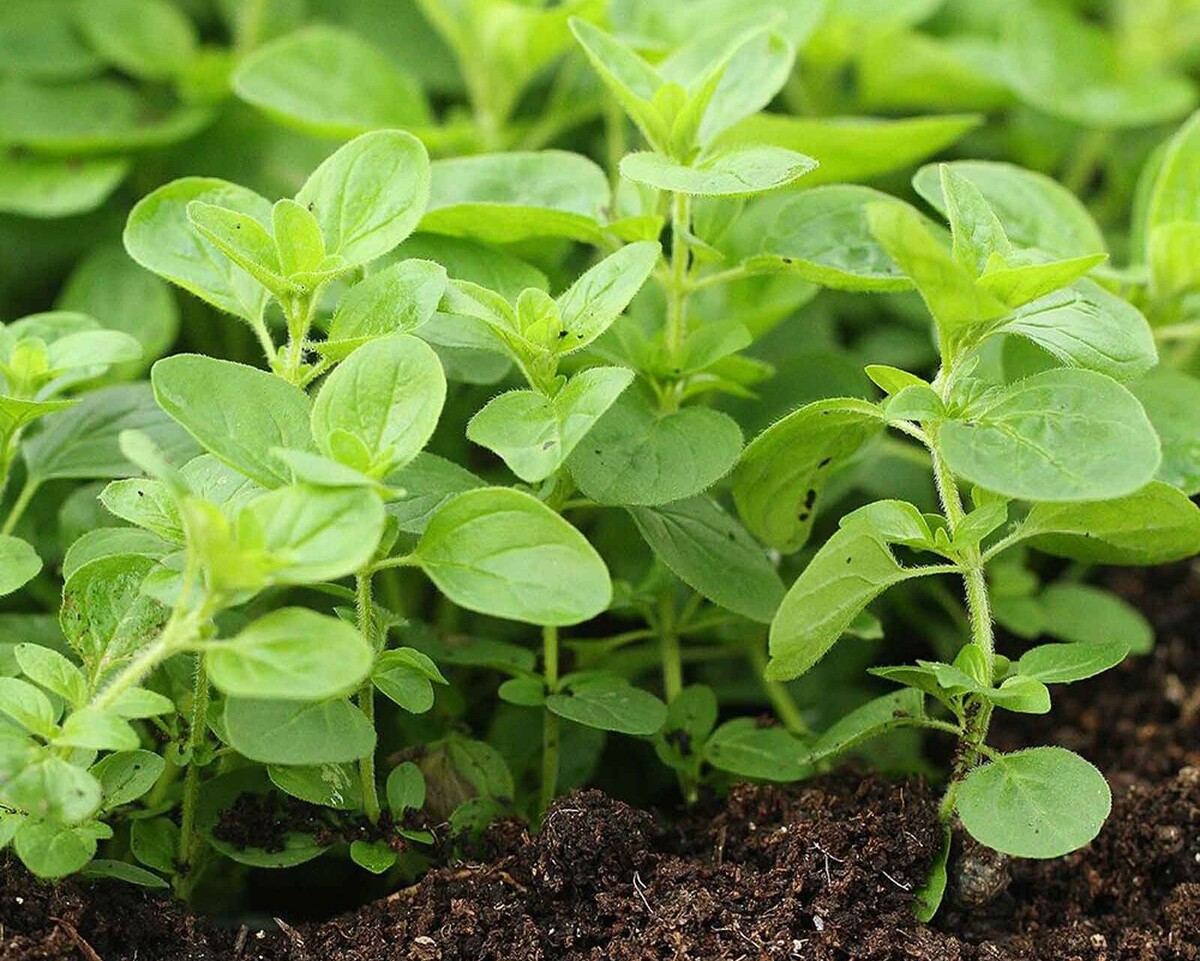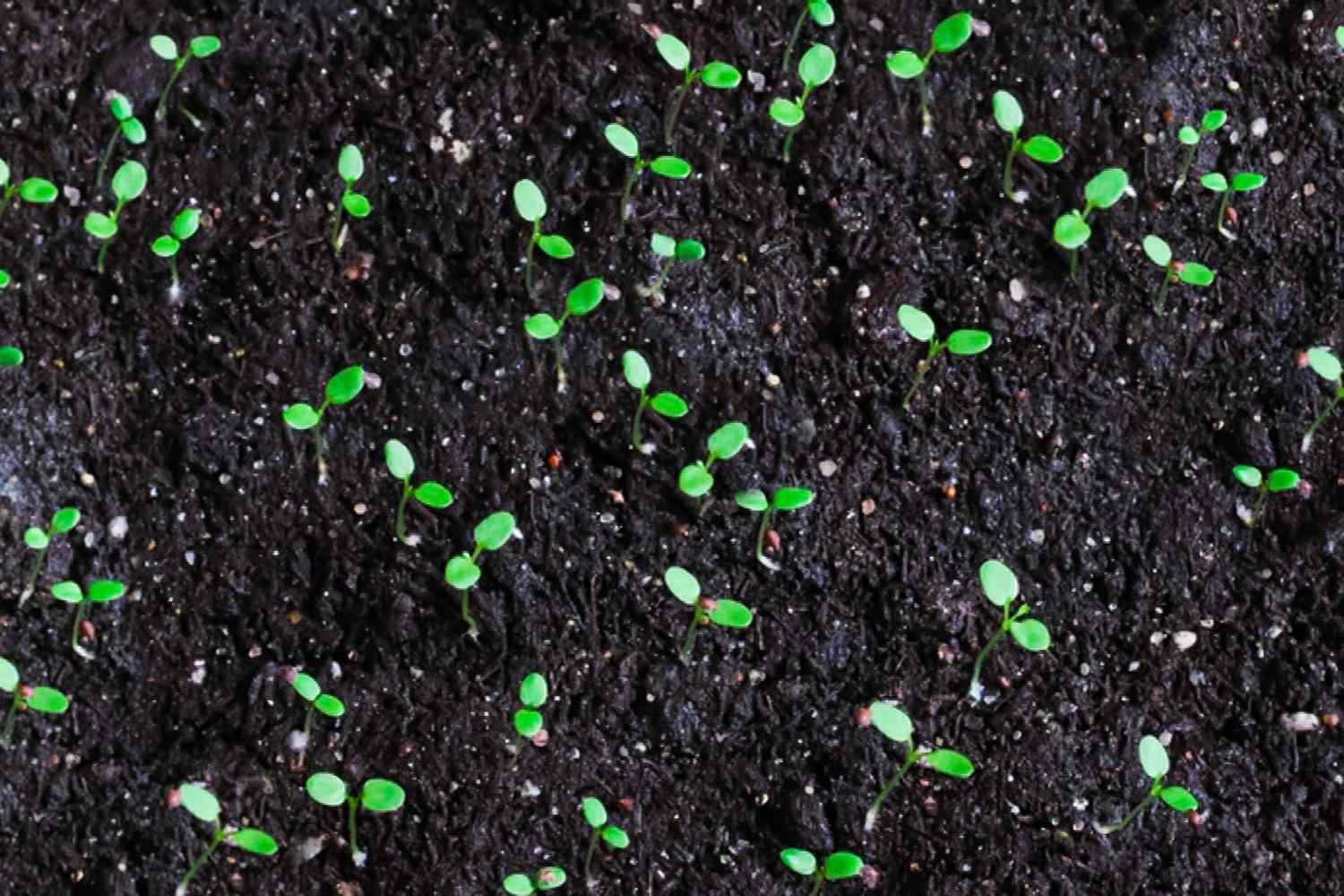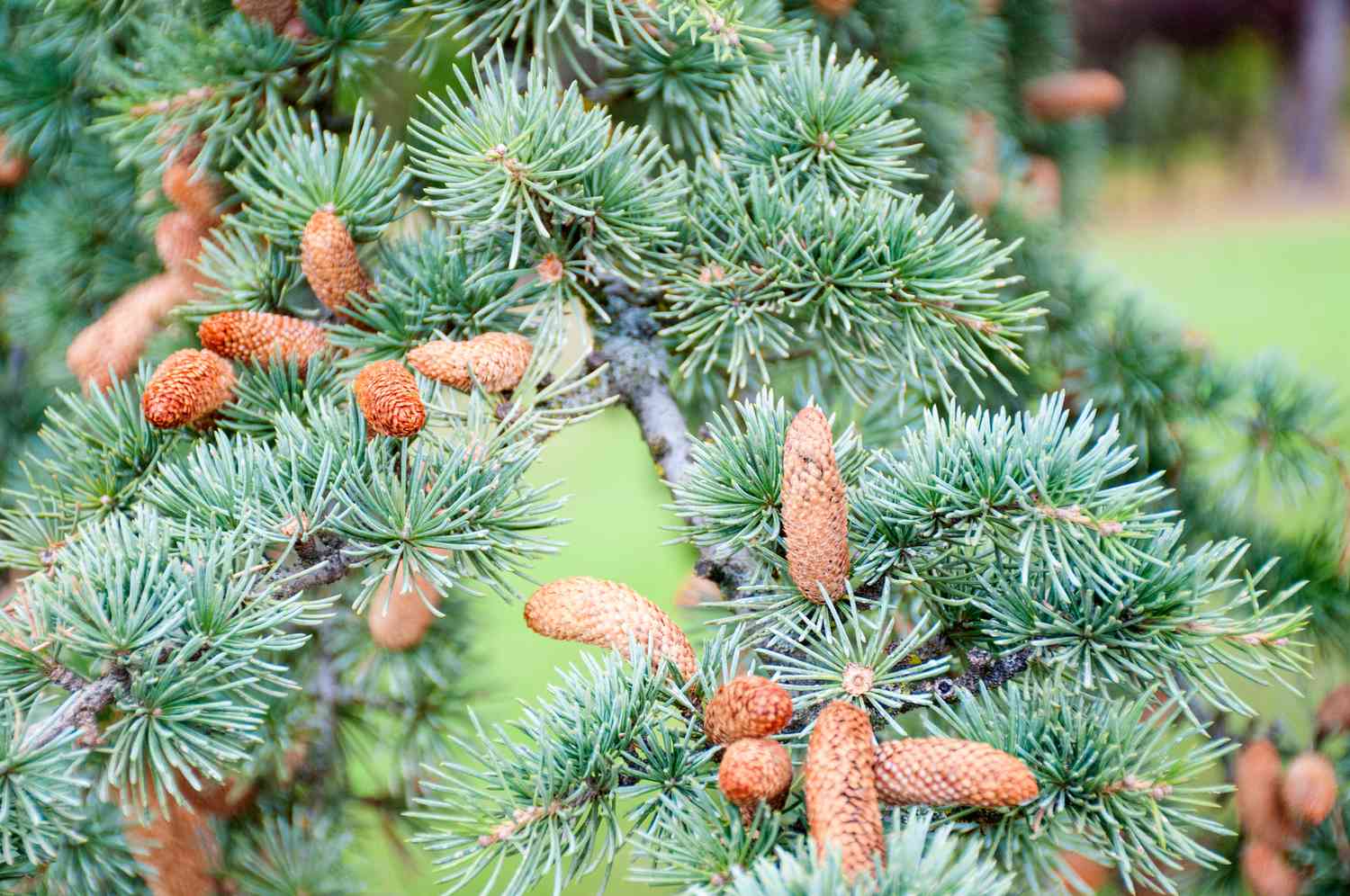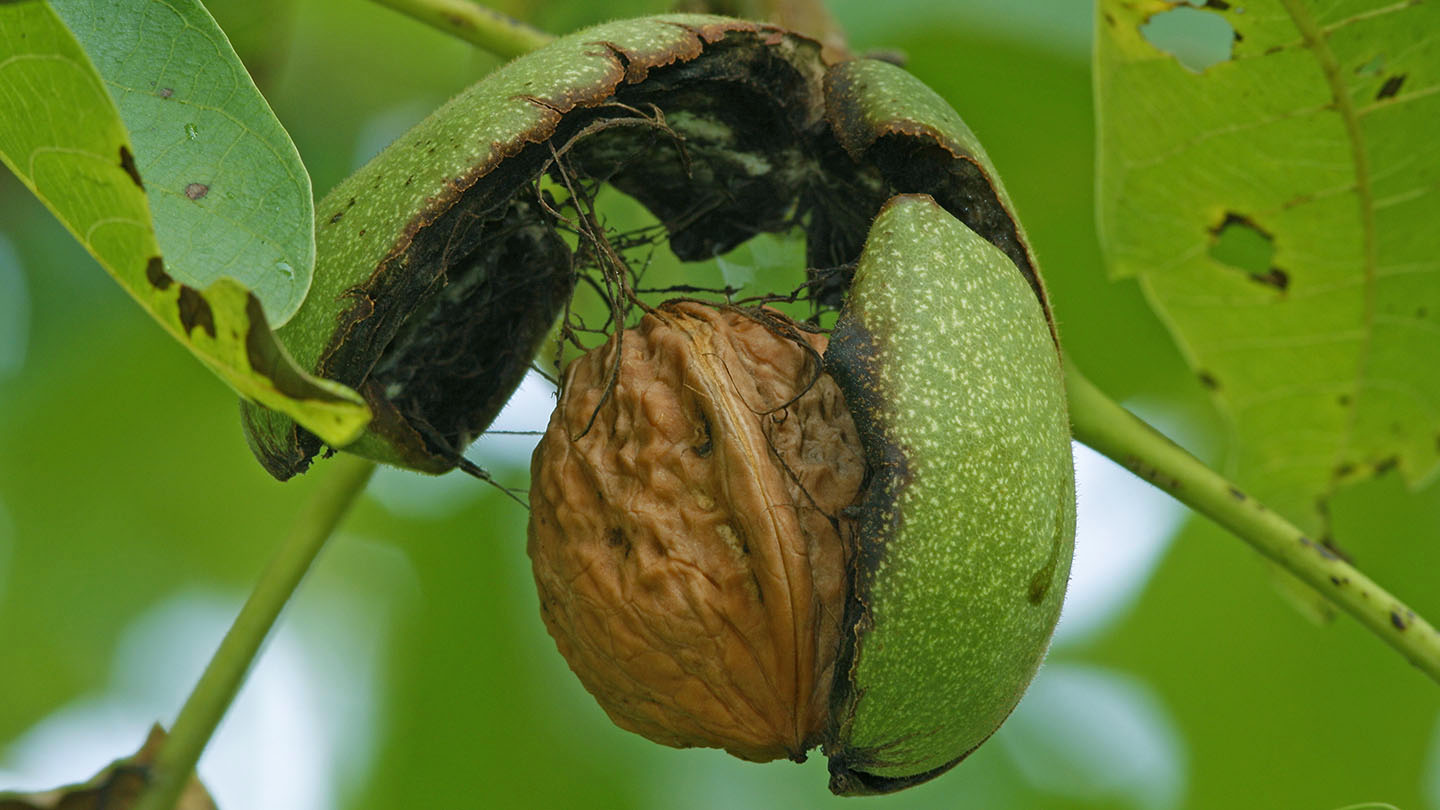Home>Types of Gardening>Ornamental Gardening>What Do Succulents Look Like When They Are Overwatered
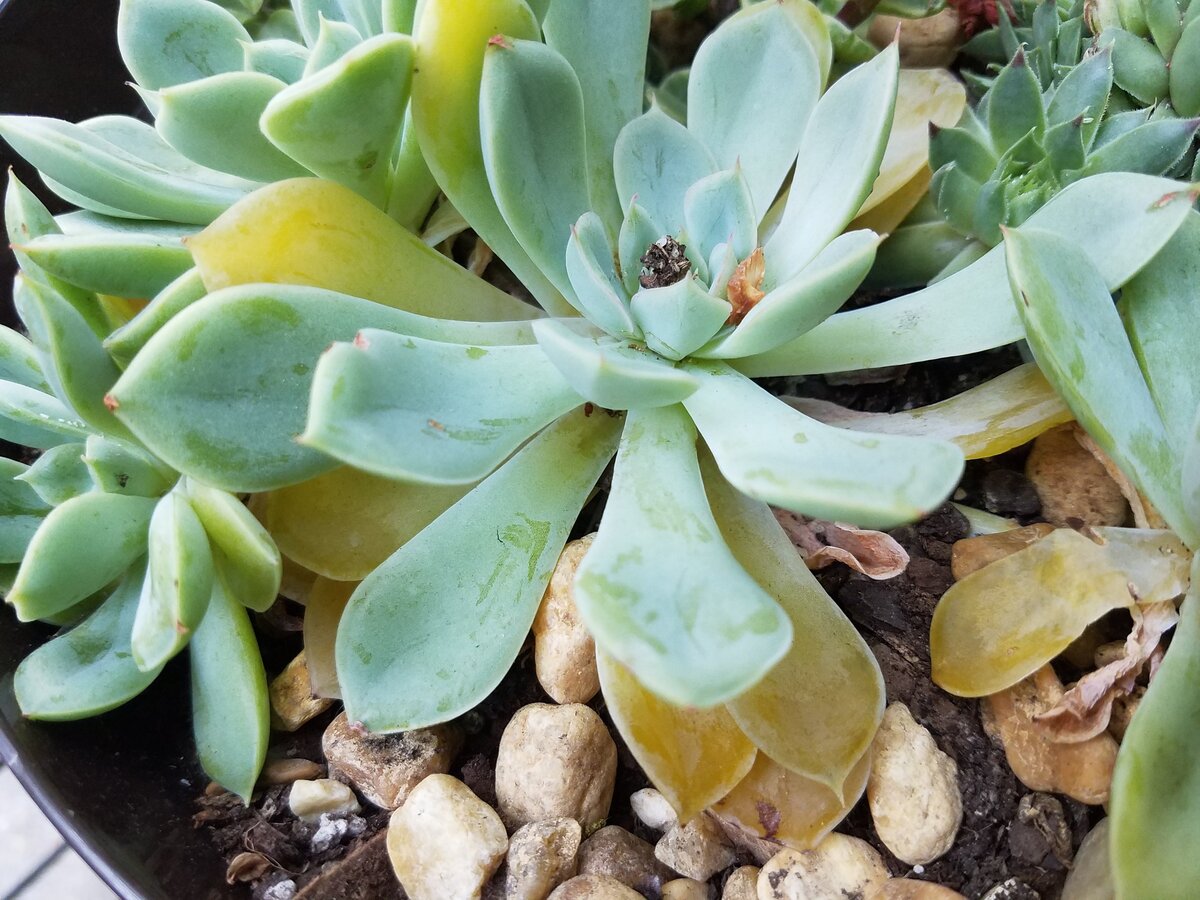

Ornamental Gardening
What Do Succulents Look Like When They Are Overwatered
Published: December 26, 2023
Learn how overwatering affects the appearance of succulents in ornamental gardening. Discover the signs and symptoms of overwatered succulents.
(Many of the links in this article redirect to a specific reviewed product. Your purchase of these products through affiliate links helps to generate commission for Chicagolandgardening.com, at no extra cost. Learn more)
Introduction
Introduction
Succulents are renowned for their hardy nature and low-maintenance care requirements, making them a popular choice for both seasoned gardeners and beginners. These unique plants have adapted to thrive in arid environments by storing water in their fleshy leaves, stems, or roots. However, despite their reputation for resilience, succulents are not immune to the perils of overwatering. In fact, overwatering is one of the most common mistakes made by well-intentioned gardeners, often leading to detrimental effects on these prized ornamentals.
Understanding the visual cues and physical manifestations of overwatering is crucial for preserving the health and vitality of succulents. By recognizing the signs of overwatering and understanding the subsequent changes in appearance, gardeners can intervene promptly to mitigate the damage and restore their succulents to optimal health. Moreover, being able to identify the development of root rot, a prevalent consequence of overwatering, is essential for implementing targeted remedial measures.
In this comprehensive guide, we will delve into the various indicators of overwatering in succulents, exploring the alterations in their appearance and the ramifications of root rot. By gaining insight into these aspects, gardeners can proactively safeguard their succulents against the detrimental effects of excess moisture, ensuring that these captivating plants continue to thrive in their care.
Signs of Overwatering
Identifying the signs of overwatering is pivotal for maintaining the well-being of succulents. While these resilient plants are designed to withstand periods of drought, excessive moisture can lead to a myriad of issues that compromise their health. By familiarizing oneself with the following indicators, gardeners can promptly address overwatering and prevent further harm to their beloved succulents.
1. Wilting and Yellowing: Overwatered succulents often exhibit signs of wilting and yellowing. The leaves may appear soft and translucent, losing their characteristic plumpness and vibrant green hue. This is a result of the plant’s cells becoming engorged with water, causing them to swell and ultimately burst, leading to tissue damage and discoloration.
2. Leaf Drop: An excess of water can trigger the premature shedding of leaves in succulents. As the plant struggles to cope with the inundation of moisture, it may jettison leaves to reduce water loss and alleviate the strain on its system. Consequently, the succulent’s foliage becomes sparse, detracting from its usual lush appearance.
3. Soft or Mushy Texture: Overwatered succulents often develop a soft or mushy texture in their leaves or stems. This is indicative of cellular damage caused by the influx of water, leading to a loss of structural integrity. The affected areas may become squishy to the touch, signaling an imbalance that necessitates immediate attention.
4. Stunted Growth: Excessive watering can impede the growth of succulents, resulting in stunted or distorted development. The plant may fail to produce new leaves or shoots, and existing growth may appear stunted or misshapen. This aberration in growth patterns is a clear indication of the detrimental effects of overwatering.
5. Pest Infestations: Overwatered succulents are more susceptible to pest infestations, as the damp conditions create an inviting environment for insects and pathogens. Gardeners may notice an increase in pest activity, such as aphids or fungal infections, which can further exacerbate the plant’s compromised state.
By recognizing these telltale signs of overwatering, gardeners can take proactive measures to rectify the situation and restore their succulents to a state of equilibrium. Addressing the root cause of overwatering and implementing appropriate care practices is essential for safeguarding the health and vitality of these resilient ornamentals.
Changes in Appearance
When succulents are overwatered, their appearance undergoes a series of discernible changes that signal the adverse effects of excess moisture. These alterations in the plant’s visual characteristics serve as valuable indicators of overwatering, enabling gardeners to intervene before irreparable damage occurs. By understanding these changes, individuals can cultivate a keen eye for detecting overwatering in succulents and implementing timely remedial measures.
1. Swollen or Transparent Leaves: One of the most conspicuous changes in overwatered succulents is the swelling or transparency of their leaves. The excess moisture causes the plant’s cells to become engorged, leading to a bloated appearance and a translucent quality in the foliage. This deviation from the succulent’s usual turgid and opaque leaves is a clear indication of overwatering.
2. Discoloration and Blemishes: Overwatered succulents often display discoloration and blemishes on their leaves, stems, or roots. The presence of waterlogged tissues can give rise to unsightly dark spots, lesions, or rotting areas, detracting from the plant’s overall aesthetic appeal. These visual imperfections serve as tangible evidence of the plant’s compromised state.
3. Limp or Drooping Appearance: The impact of overwatering is evident in the succulent’s posture, with the plant assuming a limp or drooping appearance. The excessive moisture disrupts the plant’s internal equilibrium, causing it to lose its characteristic rigidity and firmness. This lackluster demeanor is a clear departure from the upright and robust stance typical of healthy succulents.
4. Mold Growth: Overwatered succulents are prone to developing mold or mildew on their leaves or in the surrounding soil. The damp conditions foster the proliferation of fungal growth, manifesting as powdery white or fuzzy patches on the plant’s surface. The presence of mold serves as a visual cue of the unfavorable moisture levels plaguing the succulent.
5. Edema and Blistering: Overwatering can induce edema in succulents, leading to the formation of blisters or corky protrusions on the leaves or stems. This physiological response to excessive water uptake results in the development of unsightly abnormalities, signaling the plant’s struggle to contend with the surfeit of moisture.
By attuning themselves to these changes in appearance, gardeners can proactively address the overwatering of succulents and implement corrective measures to restore the plants’ vigor and vitality. Recognizing these visual cues is instrumental in preserving the aesthetic allure and overall well-being of these beloved ornamentals.
Root Rot
One of the most pernicious consequences of overwatering in succulents is the development of root rot, a debilitating condition that can have dire implications for the plant’s health. Root rot occurs when the roots of succulents are subjected to prolonged periods of excessive moisture, leading to the proliferation of pathogenic fungi and the decay of the root system. This insidious affliction can go unnoticed until the advanced stages, making it imperative for gardeners to be vigilant in detecting and addressing the early signs of root rot.
1. Foul Odor: An unmistakable indicator of root rot in succulents is the presence of a foul, musty odor emanating from the soil. The decomposition of the root system releases noxious gases and compounds, permeating the surrounding environment with an unpleasant scent. This olfactory cue serves as an early warning sign of the underlying root rot.
2. Discolored and Mushy Roots: Upon inspection, succulents afflicted by root rot often exhibit discolored and mushy roots. The once healthy and robust root structures become soft, slimy, and discolored, indicative of the decay and degradation caused by the incursion of fungal pathogens. This visual manifestation underscores the severity of the root rot inflicting the plant.
3. Wilting and Decline: Succulents suffering from root rot experience a progressive decline in their overall vigor and vitality. The plant may exhibit signs of wilting, yellowing, or stunted growth, reflecting the compromised state of its root system. This visible deterioration serves as a poignant testament to the detrimental effects of root rot on the succulent’s well-being.
4. Soil Saturation: The soil surrounding overwatered succulents with root rot may exhibit persistent saturation, with an excessive moisture content that fails to dissipate effectively. This waterlogged state creates an inhospitable environment for the roots, impeding their ability to respire and absorb essential nutrients. The persistent dampness of the soil is a tangible indication of the underlying root rot.
5. Pest Infestations and Secondary Infections: Root rot weakens the succulent’s natural defenses, rendering it more susceptible to pest infestations and secondary infections. The compromised state of the plant’s root system provides an entry point for opportunistic pests and pathogens, exacerbating the plant’s already precarious condition.
By recognizing the insidious signs of root rot and understanding its detrimental impact on succulents, gardeners can take proactive measures to mitigate the spread of this affliction and salvage the plant’s health. Implementing targeted interventions and adjusting watering practices are essential for preventing and remedying the onset of root rot in succulents, ensuring their continued flourishing in the garden or indoor setting.
Conclusion
Cultivating and caring for succulents is a gratifying pursuit that offers a myriad of rewards, from the aesthetic allure of these unique plants to the therapeutic benefits of nurturing green companions. However, the propensity for overwatering poses a significant threat to the well-being of succulents, necessitating a nuanced understanding of the signs and consequences of excess moisture. By familiarizing themselves with the visual cues and physical manifestations of overwatering, as well as the insidious development of root rot, gardeners can safeguard their succulents against these prevalent perils and foster a thriving, resilient botanical haven.
Recognizing the signs of overwatering, such as wilting, yellowing, and leaf drop, empowers gardeners to intervene promptly and recalibrate their watering practices to align with the specific needs of succulents. Moreover, understanding the changes in appearance that signal overwatering, including swollen leaves, discoloration, and limp posture, equips individuals with the discernment to detect and address the adverse effects of excess moisture on their prized ornamentals.
Furthermore, the insidious threat of root rot underscores the imperative of vigilant care and proactive intervention. By monitoring for the telltale signs of root rot, such as foul odors, discolored roots, and soil saturation, gardeners can preempt the progression of this debilitating condition and implement targeted measures to mitigate its impact. This comprehensive approach to succulent care encompasses not only the visual and physiological aspects of overwatering but also the underlying mechanisms that can compromise the plant’s vitality.
In essence, the journey of cultivating succulents is a harmonious balance of attentive care and intuitive responsiveness to the nuanced needs of these resilient plants. By honing their observational acumen and cultivating a deep understanding of succulents’ adaptive traits, gardeners can forge a symbiotic relationship with these captivating ornamentals, fostering an environment where succulents thrive and flourish in all their verdant splendor.
Embracing the art of succulent care entails not only nurturing the physical well-being of these plants but also fostering an appreciation for their inherent resilience and beauty. As gardeners embark on this horticultural odyssey, they become stewards of an enchanting botanical realm, where the interplay of nature and nurture yields a tapestry of verdant vitality and enduring allure.

